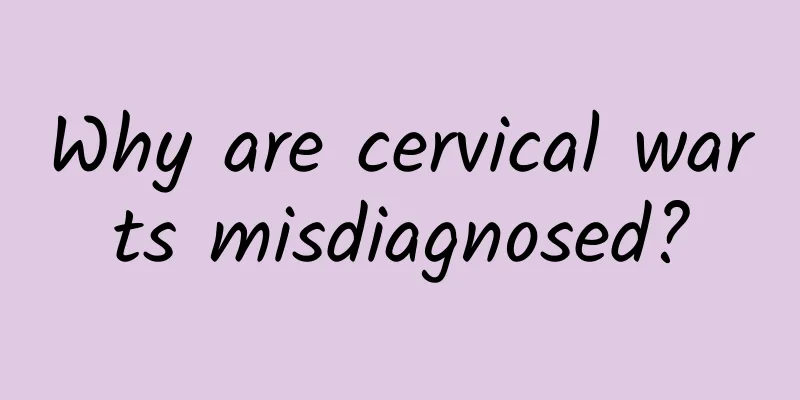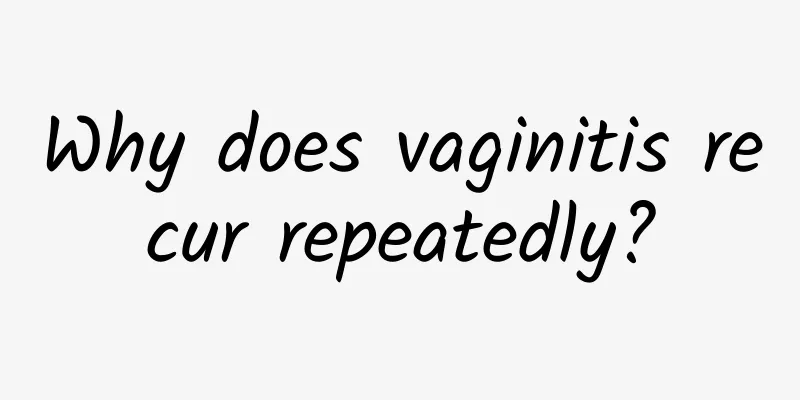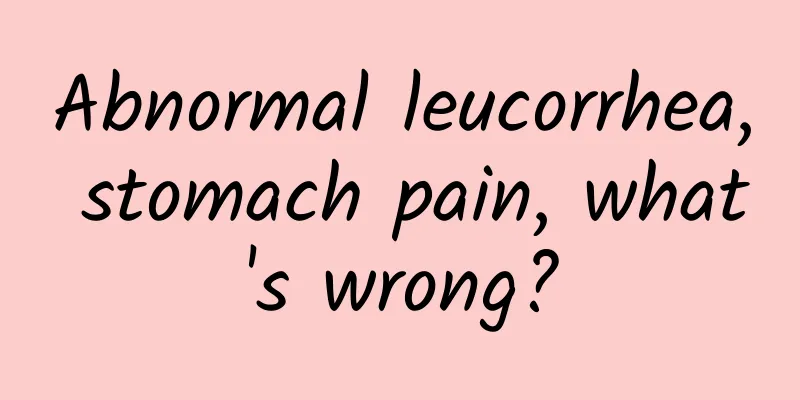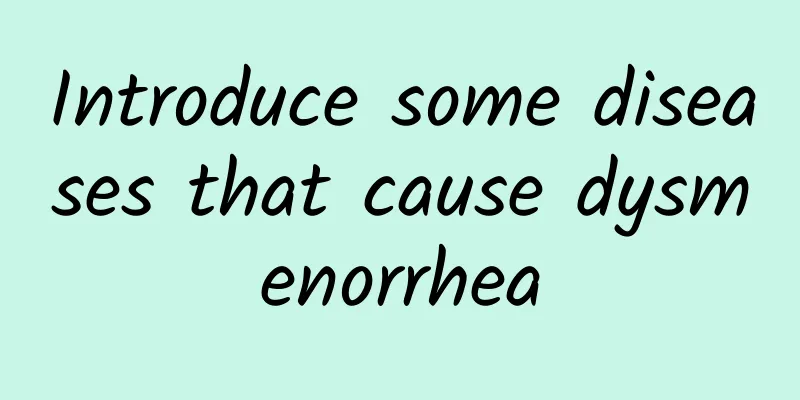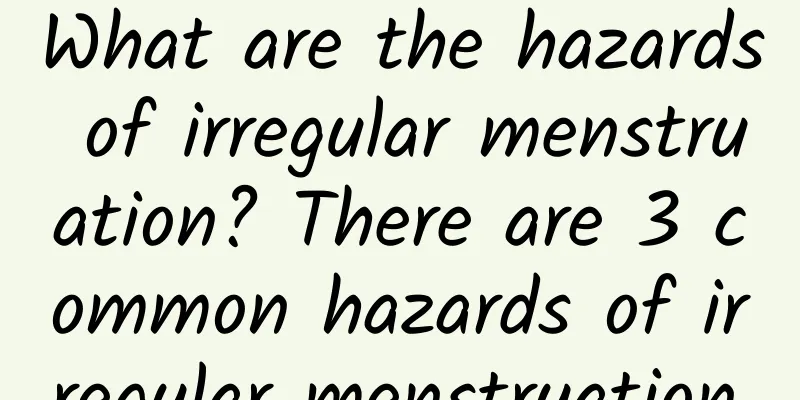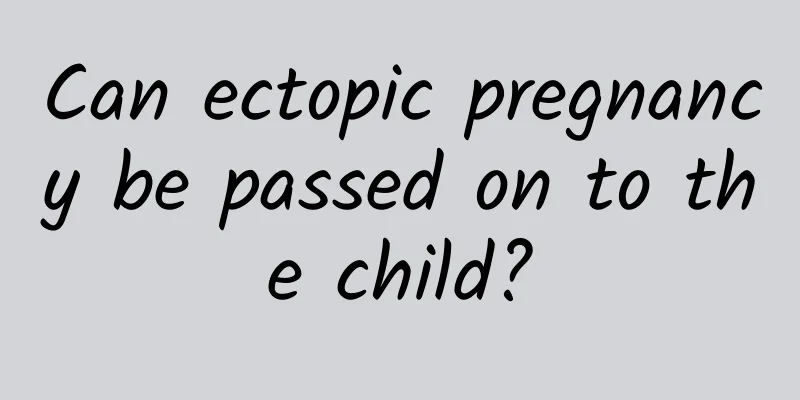What to do with pelvic peritonitis
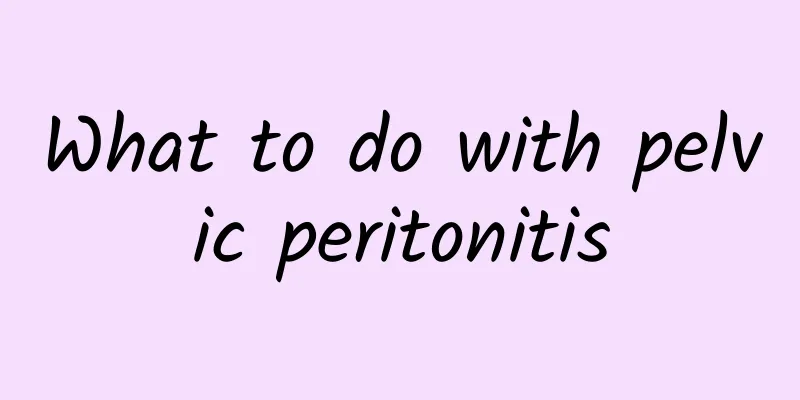
|
What to do with pelvic peritonitis? In the process of treating chronic pelvic peritonitis, the treatment method plays a big role. We all know that the symptoms of pelvic peritonitis are mainly damp heat and blood stasis. Such inflammation will cause pain to the patient when it is serious. We know that there are some treatment methods for chronic pelvic peritonitis that are still very effective. The following are the methods of treating pelvic peritonitis. The main treatments for chronic pelvic peritonitis are: Treatment with Chinese medicine: Chronic pelvic peritonitis is mostly of damp-heat type, and the treatment principle is mainly to clear away heat and dampness, and promote blood circulation and remove blood stasis. Drug treatment method: In addition to eliminating pelvic congestion, chronic pelvic peritonitis also needs anti-inflammatory and antibacterial treatment. This will eliminate inflammation, help to reduce congestion and edema, and help cure pelvic peritonitis faster. You can also take some Chinese medicine for blood circulation and blood stasis under the guidance of a doctor for auxiliary treatment. This is a common treatment method for chronic pelvic peritonitis in traditional Chinese medicine. Physical therapy: benign warm stimulation can promote local blood circulation in the pelvic cavity, improve the nutritional status of tissues, and increase metabolism, so as to facilitate the absorption and disappearance of inflammation. Commonly used methods include short wave, ultrashort wave, ion penetration, wax therapy, etc. Surgical treatment: The scope and method of surgery should be determined according to the patient's age, the scope of the lesion, the size of the mass, and the patient's desire for fertility. If the patient is relatively young and has fertility requirements, and the inflammation causes the fallopian tubes and ovaries to form wrapping and adhesions, affecting fertility, conservative surgical treatment should be considered. For patients with recurrent pelvic peritonitis, long-term mass, and no fertility requirements, the principle of surgery is complete cure. Unilateral oophorectomy or total hysterectomy plus bilateral oophorectomy is performed. The symptoms of chronic pelvic peritonitis are not very obvious, and we often need to observe carefully. However, some patients with pelvic peritonitis have been suffering from the disease for a long time, and have already had many debilitating symptoms. They also begin to have physical discomfort. Sometimes, the resistance of patients with chronic pelvic peritonitis is poor, and they are prone to complications. If we want patients to avoid the harm of pelvic peritonitis, we can use appropriate methods to accurately treat chronic pelvic peritonitis. All of them are very effective. |
<<: What is pelvic peritonitis?
>>: Three major causes of pelvic peritonitis in women
Recommend
Garlic protects the liver and lowers cholesterol... Do this one trick to eat it to get full anti-cancer power
The protagonist on the dining table is none other...
Will eating hawthorn cause miscarriage? There needs to be a limit
Many people like to eat hawthorn, especially when...
What are the consequences of Bartholinitis?
We must actively grasp the consequences of Bartho...
What is the cause of ovarian cyst accumulation and what are the symptoms?
What is the cause of ovarian cyst accumulation? W...
What medicine can cure moderate inflammation of cervical erosion?
What medicine can cure moderate inflammation of c...
What are the dietary taboos for patients with endometrial tuberculosis?
Everyone should grasp the dietary rules for endom...
How can women inhibit the occurrence of vulvar leukoplakia?
In today's clinical practice, we usually call...
Can Chinese medicine treat amenorrhea?
Traditional Chinese medicine can regulate amenorr...
What are the harms of two abortions to the body? Two abortions will bring five kinds of harm to the body.
Nowadays, many girls are not well prepared for ab...
How to relieve pelvic peritonitis
Pelvic peritonitis is a gynecological disease tha...
Recommended hospital for the treatment of pelvic effusion
Pelvic effusion is a common gynecological disease...
Can’t control your eating? 11 foods to help reduce appetite
Looking at the skinny female stars on TV and the ...
"Warming the kidney and regulating the spleen, resolving phlegm and removing dampness" to treat amenorrhea
Ye Zi, 28 years old, has been suffering from amen...
What nutrients are needed in the diet for threatened abortion
We are all familiar with threatened abortion. If ...
The consequences of two painless abortions
Two painless abortions may cause harm to the body...
